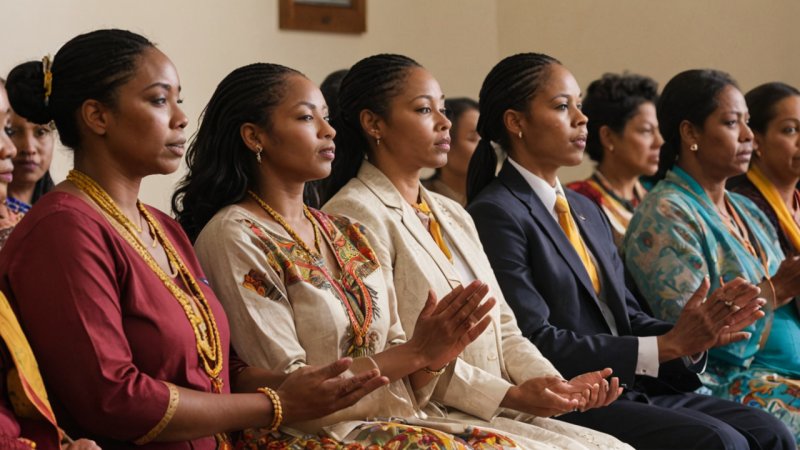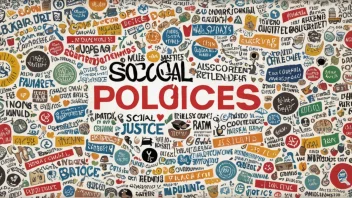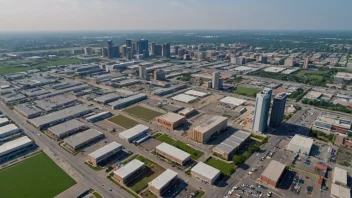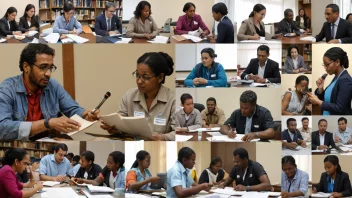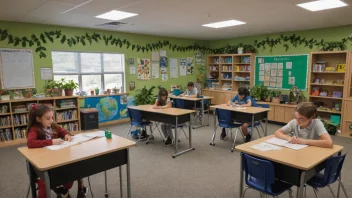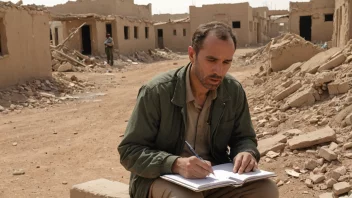Historical trauma refers to the cumulative emotional and psychological wounds that are passed down through generations, often affecting marginalized communities. Understanding this concept is crucial for comprehending how past injustices impact present-day societal dynamics. This article explores five key aspects of historical trauma, illustrating its profound effects on communities and highlighting the importance of healing and recognition.
1. Defining Historical Trauma
Historical trauma encompasses the collective emotional and psychological damage experienced by a group due to significant events in their past. This can include colonization, slavery, genocide, and systemic oppression. The trauma is not just felt by those who directly experienced these events but is transmitted to subsequent generations, leading to ongoing cycles of pain and distress. Some key characteristics include:
- Intergenerational transmission: Children and grandchildren of trauma survivors may experience symptoms of trauma without direct exposure.
- Collective identity: The shared experiences of trauma shape the identity and cultural narratives of affected communities.
- Resilience and adaptation: Many communities develop unique coping mechanisms and resilience strategies in response to their historical trauma.
2. The Psychological Impact on Individuals
The psychological effects of historical trauma can manifest in various ways, influencing mental health and well-being. Individuals from affected communities may experience:
- Anxiety and depression: Feelings of hopelessness and anxiety can be prevalent, stemming from a legacy of oppression.
- Post-Traumatic Stress Disorder (PTSD): Symptoms may arise even in those who have not directly experienced trauma but are affected by their community's history.
- Identity struggles: The weight of historical trauma can lead to internal conflicts regarding cultural identity and belonging.
3. Socioeconomic Consequences
Historical trauma can have significant socioeconomic repercussions for affected communities. The lingering effects of past injustices often result in:
- Poverty: Systemic barriers can perpetuate cycles of poverty, limiting access to education, employment, and resources.
- Health disparities: Communities often face higher rates of chronic illnesses, mental health issues, and reduced access to healthcare services.
- Educational challenges: Trauma can affect academic performance and aspirations, leading to lower educational attainment.
4. The Role of Cultural Resilience
Despite the challenges posed by historical trauma, many communities demonstrate remarkable resilience. Cultural practices and communal bonds play a vital role in healing and recovery:
- Cultural revitalization: Engaging in traditional practices, languages, and ceremonies can foster a sense of identity and belonging.
- Community support systems: Strong networks within communities provide emotional support and promote collective healing.
- Advocacy and activism: Many individuals become advocates for social justice and healing, working to address historical grievances and promote awareness.
5. Pathways to Healing and Recognition
Addressing historical trauma requires a multifaceted approach that includes acknowledgment, education, and healing initiatives. Some effective pathways include:
- Public acknowledgment: Recognizing and validating the experiences of affected communities is crucial for healing.
- Trauma-informed care: Providing mental health services that consider the impacts of historical trauma can help individuals and communities heal.
- Education and awareness: Incorporating the history of marginalized communities into educational curricula fosters understanding and empathy.
In conclusion, understanding the impact of historical trauma on communities is essential for fostering healing and resilience. By recognizing the definitions, psychological impacts, socioeconomic consequences, cultural resilience, and pathways to healing, we can better support affected communities in their journey toward recovery. Addressing historical trauma is not just about acknowledging the past; it is about creating a more equitable future for all.
